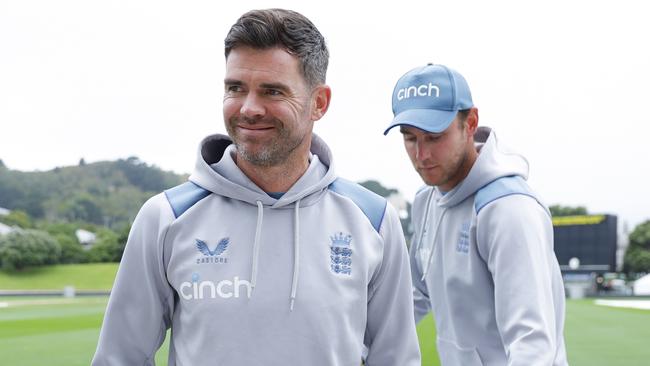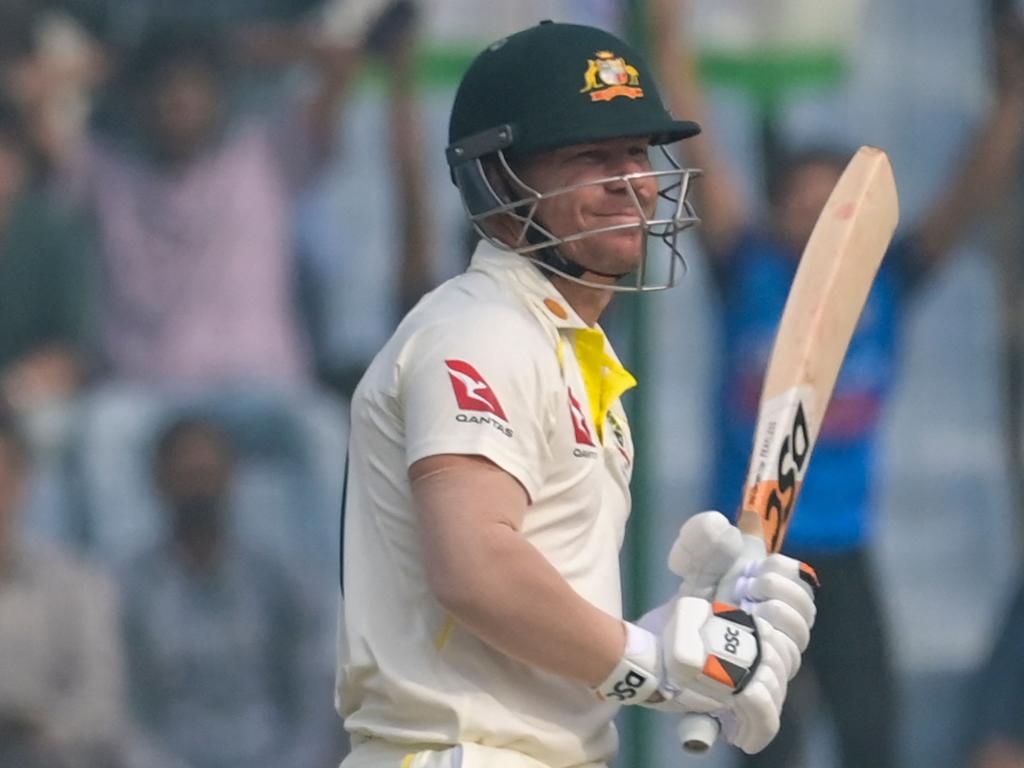
No fast bowler will take more wickets than Anderson in Test cricket again. Ever. Records are there to be broken; faster, stronger, higher and all that, but I have absolute conviction that Anderson’s record, as yet unfinished and incomplete, will never be broken. As long as Test cricket is played (which may not be that long, hence part of the certainty) Anderson will stand tall, looking down on the rest.
Anderson at present has 682 Test wickets. He stands third on the all-time list, behind two spinners, Shane Warne and Muttiah Muralitharan. He may pass Warne this year. Muralitharan will probably remain out of reach. Nevertheless, no seamer will come close. Stuart Broad is his nearest challenger, with 571 wickets, but Broad, at 36, won’t carry on for much longer. After Broad, you have to scroll down the list to Tim Southee (355), for the next active fast bowler.
On Wednesday, the International Cricket Council updated its Test rankings and Anderson, after his seven-wicket haul in the first Test in Mount Maunganui, is once again top of the pops, replacing Australia’s Pat Cummins (aged 29) as the world’s No 1-ranked bowler. It is a remarkable achievement for anyone to become recognised as the world’s best, but to do so at 40 years of age, in a pursuit that is among the most physically demanding of any sport, is magnificent.
For comparison, the oldest men’s tennis player to reach world No 1 was Roger Federer, when he was 36.
The ICC calculates its rankings retrospectively and there have only been four bowlers older than Anderson to reach the top — but that was mostly about a century ago, when the physical demands on cricketers were less intense. Bert Ironmonger was 50 years old when he topped the rankings in 1933, Clarrie Grimmett was 44 in 1936, “Tich” Freeman 41 in 1929 and Sydney Barnes was 40 in 1914. Ironmonger, Grimmett and Freeman were spinners.
It was not until May 2016 that Anderson went to the top of the world rankings for the first time, fully 13 years after his Test debut. He has had six periods at the top since then. If there is one attribute that separates this champion performer, it is his ability to keep improving. He is never satisfied; the hallmark of greatness.
As well as his own fitness and drive, Anderson’s longevity has been helped by the changing face of the game. He became a Test specialist after the 2015 World Cup and has since been rewarded handsomely for playing a few high-profile matches every year. It has allowed him to keep his engine ticking over, nicely tuned, without ever running it into the ground.
It is also the way the calendar has changed, with Tests retreating in the face of T20, that will ensure his record is never beaten. It has taken Anderson 178 Tests to reach his present number of wickets. No cricketer will play that number in future; certainly no fast bowler. The art of swing will not die with him, but it will be harder to sustain, because four overs in a T20 match is insufficient. Anderson’s art requires time and patience.
In cricket, there are other records that stand out. Brian Lara’s world-record first-class score of 501, for example, although the rate batsmen now score means it is not impregnable. Sachin Tendulkar’s mark for the number of Tests played (200) is also likely to stand the test of time — as long as Anderson doesn’t get there first.The unbreakable record is always thought to be Don Bradman’s Test career average of 99.94, which stands at roughly 30 per cent premium to anyone else who has followed. As the great American scientist Stephen Jay Gould wrote, it was easier for greats of the past to stand out from their contemporaries because, counterintuitively, the general standard of competition across the field was not as high as it is today.
Batting averages bunch much more closely together now, because general standards have improved, in bowling and fielding too. The dissemination of information makes it harder still to excel. Anderson’s average (25.94) does not stand out, but the longevity he has shown in a sport that has become increasingly demanding is an outlier. He will probably pass 700 Test wickets before he is done and no fast bowler will ever get close to that again. Ever.
The Times





They had a good go, our sportswriters. They came up with some names: Jack Nicklaus, Mark Cavendish, Usain Bolt, Bjorn Borg, Brian Talbot, Rafael Nadal and Rogerio Ceni. All were decent attempts to crown the sportsperson with the most unbreakable record. The email came to me in the middle of the night in New Zealand, so I didn’t participate. Let me do so now, belatedly, with the name of James Anderson.